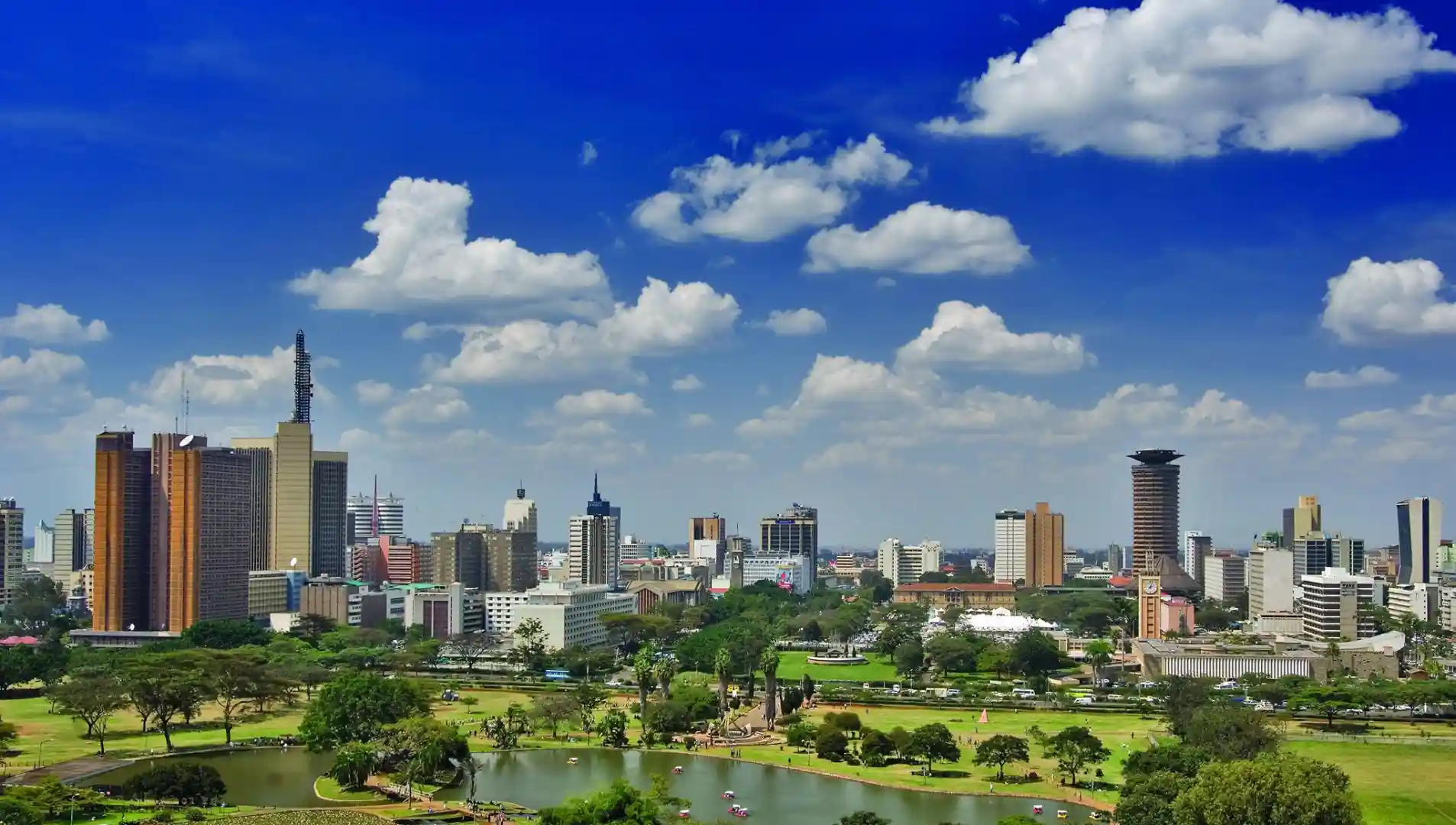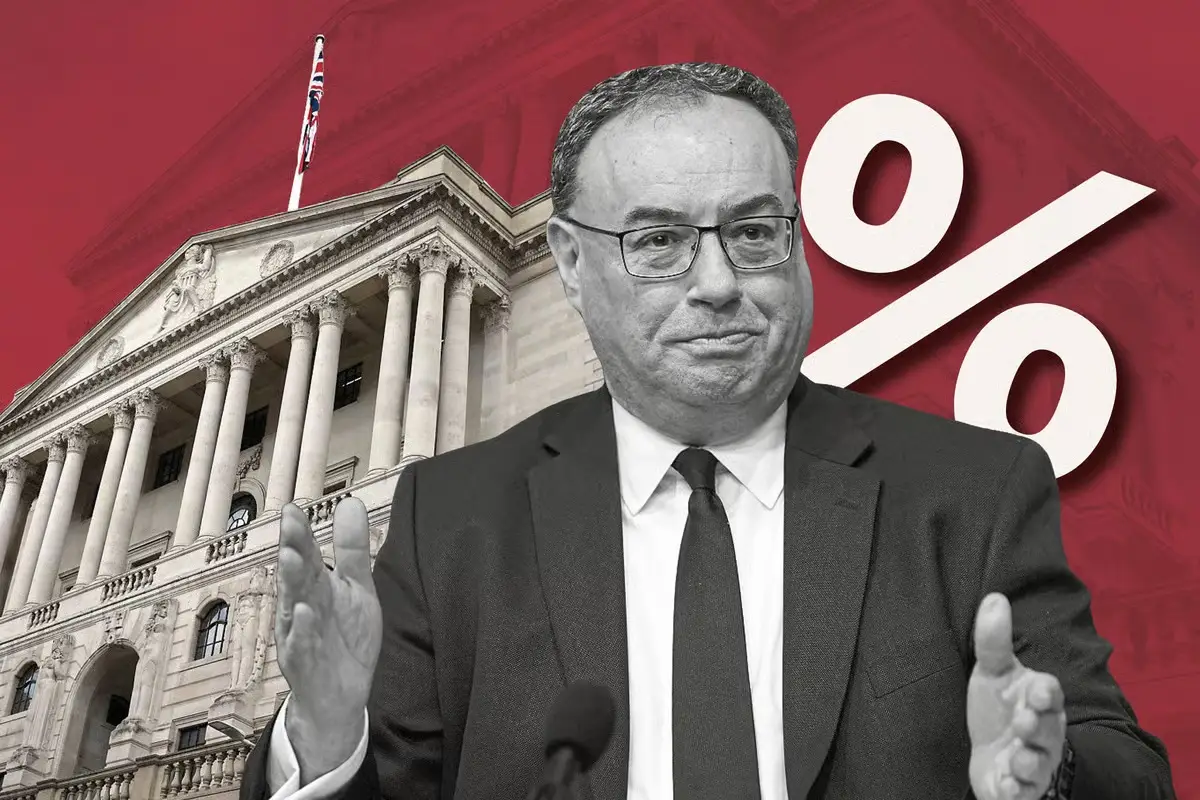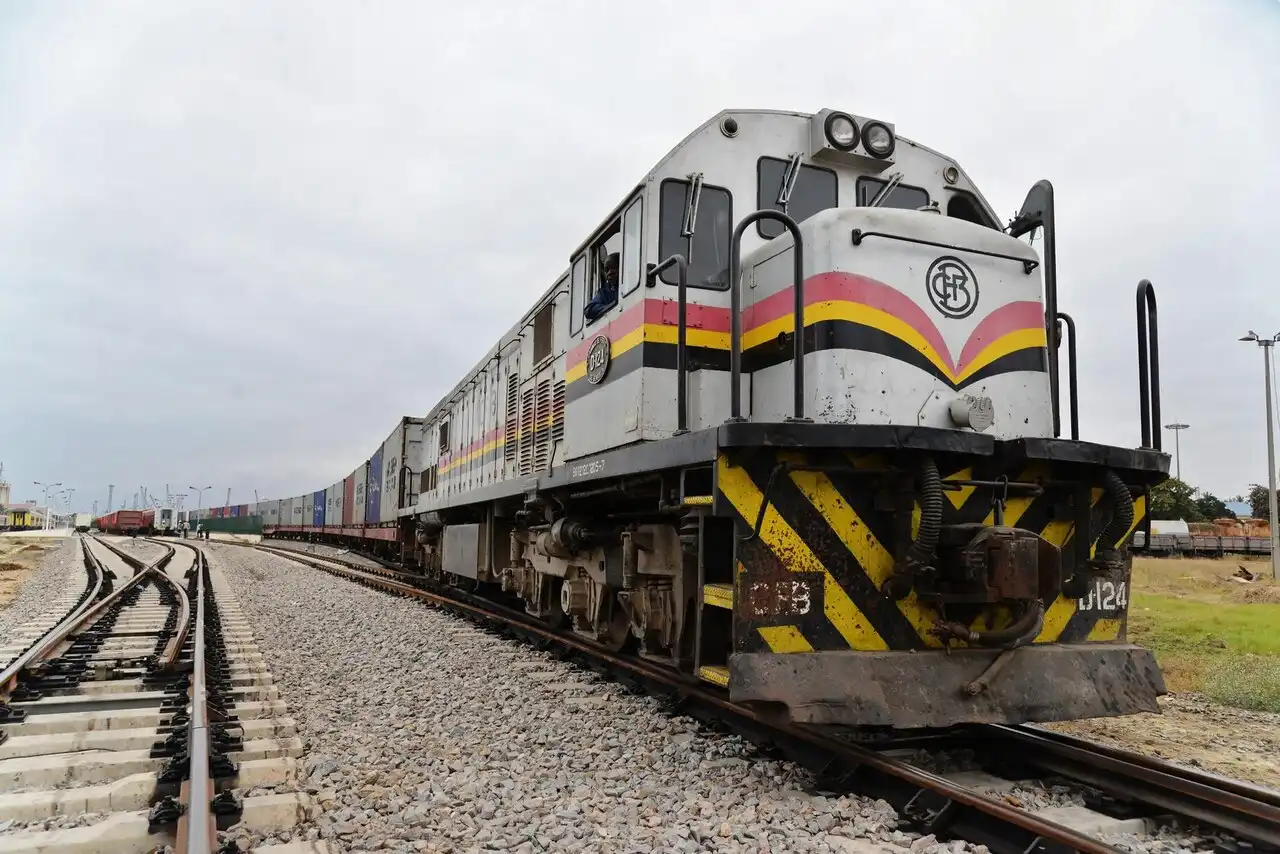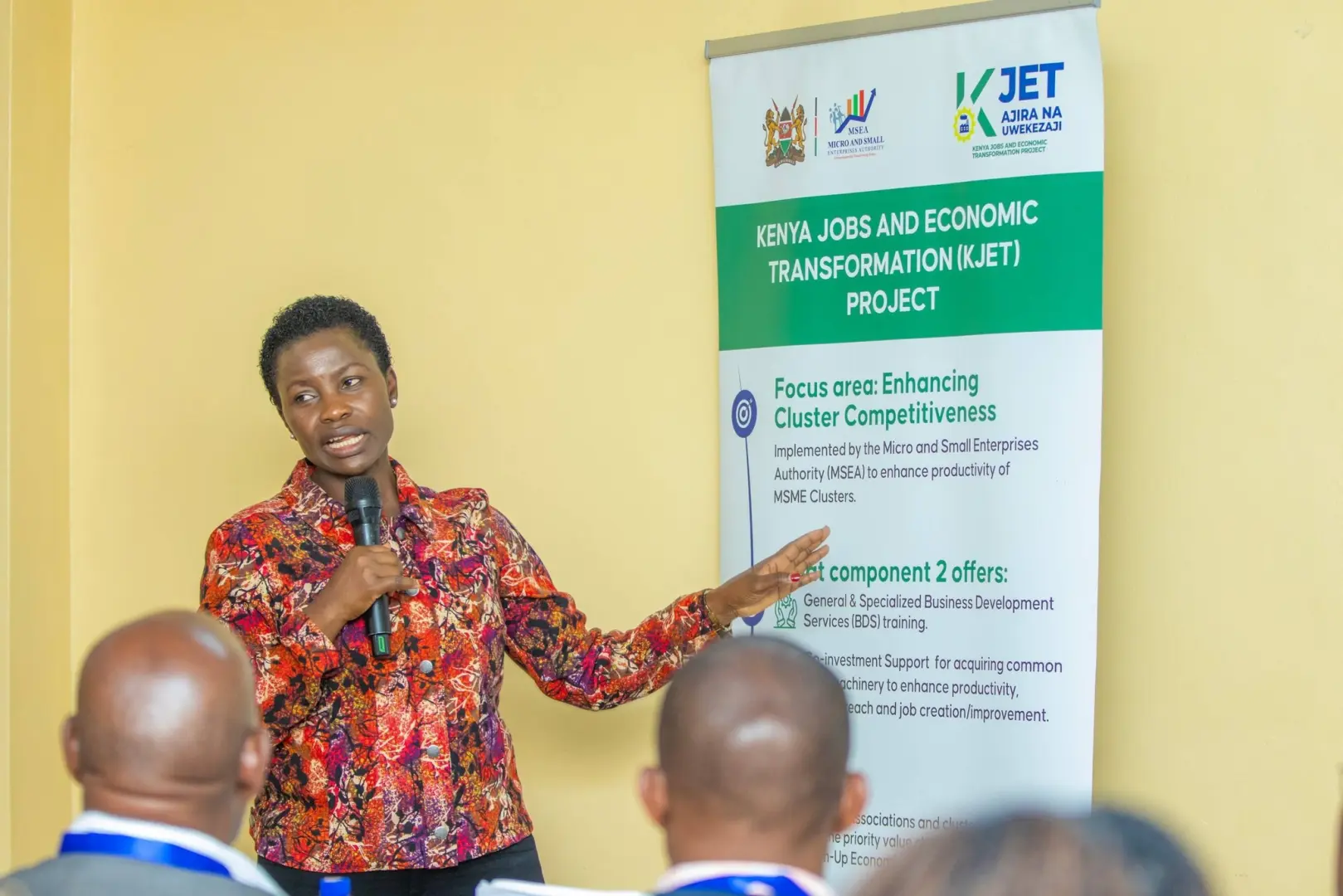What Kenya Is Proposing
Kenya is preparing to issue its first sovereign Sustainability-Linked Bond (SLB) worth US$500 million (≈ KSh 65 billion) in March 2026. The bond will be structured around two Key Performance Indicators (KPIs): forestation and rural electrification, reflecting Kenya’s ambition to combine climate action with development priorities. The framework for this SLB is being developed with the World Bank to meet global standards of transparency, monitoring and verification.
Build the future you deserve. Get started with our top-tier Online courses: ACCA, HESI A2, ATI TEAS 7, HESI EXIT, NCLEX-RN, NCLEX-PN, and Financial Literacy. Let Serrari Ed guide your path to success. Enroll today.
Global Context: SLBs and Sovereign Examples
Sovereign SLBs remain relatively rare in capital markets. Only a few nations — such as Uruguay, Chile, and Thailand — have already issued such bonds. Their SLB issuances tied financial terms (like coupon adjustments) to sustainability targets, such as emissions reductions or renewable energy expansion. Kenya’s foray into this space places it among a pioneering group of countries leveraging ESG-linked sovereign financing. (Maplecroft report on SLBs)
For example, Uruguay issued a sustainability-linked bond supported by the Inter-American Development Bank (IDB), featuring a mechanism where investors benefit (or pay more) depending on whether environmental goals are achieved. (Uruguay SLB issuance)
Why Forests & Rural Electrification?
Forestation Goals
Kenya has committed to restoring degraded landscapes and increasing tree cover to 30% by 2032, aiming to plant 15 billion trees as part of that goal. Achieving this target will require broad participation from government agencies, local communities, and private actors. Monitoring and maintaining quality of reforestation efforts (i.e. ensuring trees survive, that native species are used, that land uses are protected) will be essential. (Kenya Forest Strategic Plan 2024)
Electrification in Rural Areas
Despite progress under Kenya’s Last Mile Connectivity initiative, many rural communities still lack access to reliable and affordable electricity. Expanding electrification is central to economic inclusion, improving healthcare, education, and productivity. Tying the SLB to this KPI aligns with national development goals.
Framework, Credibility & Investor Expectations
The SLB framework will need to define:
- Clear, measurable KPIs for forestation and electrification
- Baselines, timetables, and deadlines by which targets must be met
- Independent verification mechanisms, possibly involving external auditors or global institutions
Investors will expect robust governance and transparency. Failure to meet targets could trigger penalties (often higher coupon rates), while exceeding them may offer benefits like lower coupon payments or improved terms.
One decision can change your entire career. Take that step with our Online courses in ACCA, HESI A2, ATI TEAS 7, HESI EXIT, NCLEX-RN, NCLEX-PN, and Financial Literacy. Join Serrari Ed and start building your brighter future today
Benefits for Kenya & Investors
- Access to broader capital: Investors increasingly demand ESG credentials. A sovereign SLB may attract investors who otherwise wouldn’t invest in traditional sovereign debt.
- Potentially lower borrowing costs: If well designed, SLBs sometimes enjoy better pricing because of the assurance of environmental or social performance.
- Enhanced international reputation: Successfully delivering on the KPIs could bolster Kenya’s standing in sustainable development, and may encourage more concessional or favourable financing.
Risks & Implementation Challenges
- Defining credible baselines and targets: Ensuring that the forestation target is beyond business-as-usual is essential, or SLBs risk being seen as greenwashing.
- Capacity of institutions: Agencies responsible for tree planting, forest protection, rural electrification will need sufficient resources, coordination, and enforcement.
- Costs of delivery: Implementing rural electrification infrastructure and forestry programs is expensive; delays or cost overruns could affect performance.
- Macro risks: Inflation, foreign exchange volatility, and debt service pressures could impact investor confidence and SLB pricing.
How Kenya’s Targets Stack Up
- Kenya’s forest goal (reach 30% tree cover by 2032) is ambitious compared to current forest cover, which is much lower. The government has launched programs to plant 15 billion trees by then. (Impactful Ninja on tree initiative)
- SLB frameworks in other countries suggest different structures. In Uruguay, the bond framework links to emissions intensity per GDP and to maintaining native forest area. Their Verification Reports are submitted annually and externally audited. (Uruguay SSLB Framework)
Macroeconomic & Debt Sustainability Context
Kenya’s public debt and fiscal space are under pressure. Interest payments, domestic and external borrowing, and revenue shortfalls are factors the government must manage carefully. The SLB could help access capital under potentially better terms, but does not solve underlying fiscal deficits.
Emerging market analyses (e.g. from SP Global Ratings) show that uncertainty and perceived credit risk in sustainable bond issuance can limit uptake. As ESG-linked debt becomes more common, investors are scrutinizing SLBs more closely for credibility and impact. (SP Global report)
What to Monitor Before March 2026
- Exact definitions of KPIs and measurement methods, and whether independent verification will be used.
- Timeline for achieving the forestation and electrification targets, along with the severity of penalties for underperformance.
- Any external guarantees or technical support, especially from multilateral lenders like the World Bank, to increase investor confidence.
- How coupon rates might adjust according to performance (e.g. step-ups or step-downs).
- Fiscal implications: how much budgetary space is allocated to support these sustainability programs, and whether revenues can back the SLB without excessive borrowing.
Implications for Regional & Global Sustainable Finance
- If Kenya succeeds, this issuance could become a model for other African countries exploring sovereign SLBs.
- It reinforces the trend in global capital markets toward aligning debt instruments with ESG goals, particularly in emerging markets.
- Demand for SLBs has been increasing globally; quantifying sustainable finance in emerging markets suggests that the share of such instruments in bond issuance is growing, though still small. (IFC Emerging Market Green Bonds report)
Conclusion
Kenya’s plan for a US$500 million sustainability-linked sovereign bond in March 2026 could be a landmark moment. By tying borrowing to forestation and rural electrification KPIs, the government is signalling serious commitment to sustainability. But the success depends heavily on how credible, transparent, and well-resourced the framework will be.
As the world watches, Kenya has an opportunity not just to tap new pools of capital, but to demonstrate that sustainable finance can be more than a marketing tool — it can be a driver of real environmental and social progress. If done well, this SLB could pave the way for others in Africa to follow.
Supporting Data & Sources
- Kenya’s commitment to planting 15 billion trees by 2032 and increasing forest cover to 30% as part of its national forest strategy. (Kenya Forest Strategic Plan)
- Examples of URuguay’s SLB framework including its KPIs and verification mechanisms. (Uruguay SSLB Framework)
- Reports on sustainable bond issuance in emerging markets and constraints. (SP Global Ratings)
- Kenya’s landscape restoration and emissions targets, which form part of its Updated Nationally Determined Contribution (NDC). (Kenya Forest & Landscape Restoration Monitoring)
Ready to take your career to the next level? Join our Online courses: ACCA, HESI A2, ATI TEAS 7 , HESI EXIT , NCLEX – RN and NCLEX – PN, Financial Literacy!🌟 Dive into a world of opportunities and empower yourself for success. Explore more at Serrari Ed and start your exciting journey today! ✨
Track GDP, Inflation and Central Bank rates for top African markets with Serrari’s comparator tool.
See today’s Treasury bonds and Money market funds movement across financial service providers in Kenya, using Serrari’s comparator tools.
Photo source: Google
By: Montel Kamau
Serrari Financial Analyst
15th September, 2025
Article, Financial and News Disclaimer
The Value of a Financial Advisor
While this article offers valuable insights, it is essential to recognize that personal finance can be highly complex and unique to each individual. A financial advisor provides professional expertise and personalized guidance to help you make well-informed decisions tailored to your specific circumstances and goals.
Beyond offering knowledge, a financial advisor serves as a trusted partner to help you stay disciplined, avoid common pitfalls, and remain focused on your long-term objectives. Their perspective and experience can complement your own efforts, enhancing your financial well-being and ensuring a more confident approach to managing your finances.
Disclaimer: This article is for informational purposes only and does not constitute financial advice. Readers are encouraged to consult a licensed financial advisor to obtain guidance specific to their financial situation.
Article and News Disclaimer
The information provided on www.serrarigroup.com is for general informational purposes only. While we strive to keep the information up to date and accurate, we make no representations or warranties of any kind, express or implied, about the completeness, accuracy, reliability, suitability, or availability with respect to the website or the information, products, services, or related graphics contained on the website for any purpose. Any reliance you place on such information is therefore strictly at your own risk.
www.serrarigroup.com is not responsible for any errors or omissions, or for the results obtained from the use of this information. All information on the website is provided on an as-is basis, with no guarantee of completeness, accuracy, timeliness, or of the results obtained from the use of this information, and without warranty of any kind, express or implied, including but not limited to warranties of performance, merchantability, and fitness for a particular purpose.
In no event will www.serrarigroup.com be liable to you or anyone else for any decision made or action taken in reliance on the information provided on the website or for any consequential, special, or similar damages, even if advised of the possibility of such damages.
The articles, news, and information presented on www.serrarigroup.com reflect the opinions of the respective authors and contributors and do not necessarily represent the views of the website or its management. Any views or opinions expressed are solely those of the individual authors and do not represent the website's views or opinions as a whole.
The content on www.serrarigroup.com may include links to external websites, which are provided for convenience and informational purposes only. We have no control over the nature, content, and availability of those sites. The inclusion of any links does not necessarily imply a recommendation or endorsement of the views expressed within them.
Every effort is made to keep the website up and running smoothly. However, www.serrarigroup.com takes no responsibility for, and will not be liable for, the website being temporarily unavailable due to technical issues beyond our control.
Please note that laws, regulations, and information can change rapidly, and we advise you to conduct further research and seek professional advice when necessary.
By using www.serrarigroup.com, you agree to this disclaimer and its terms. If you do not agree with this disclaimer, please do not use the website.
www.serrarigroup.com, reserves the right to update, modify, or remove any part of this disclaimer without prior notice. It is your responsibility to review this disclaimer periodically for changes.
Serrari Group 2025
















